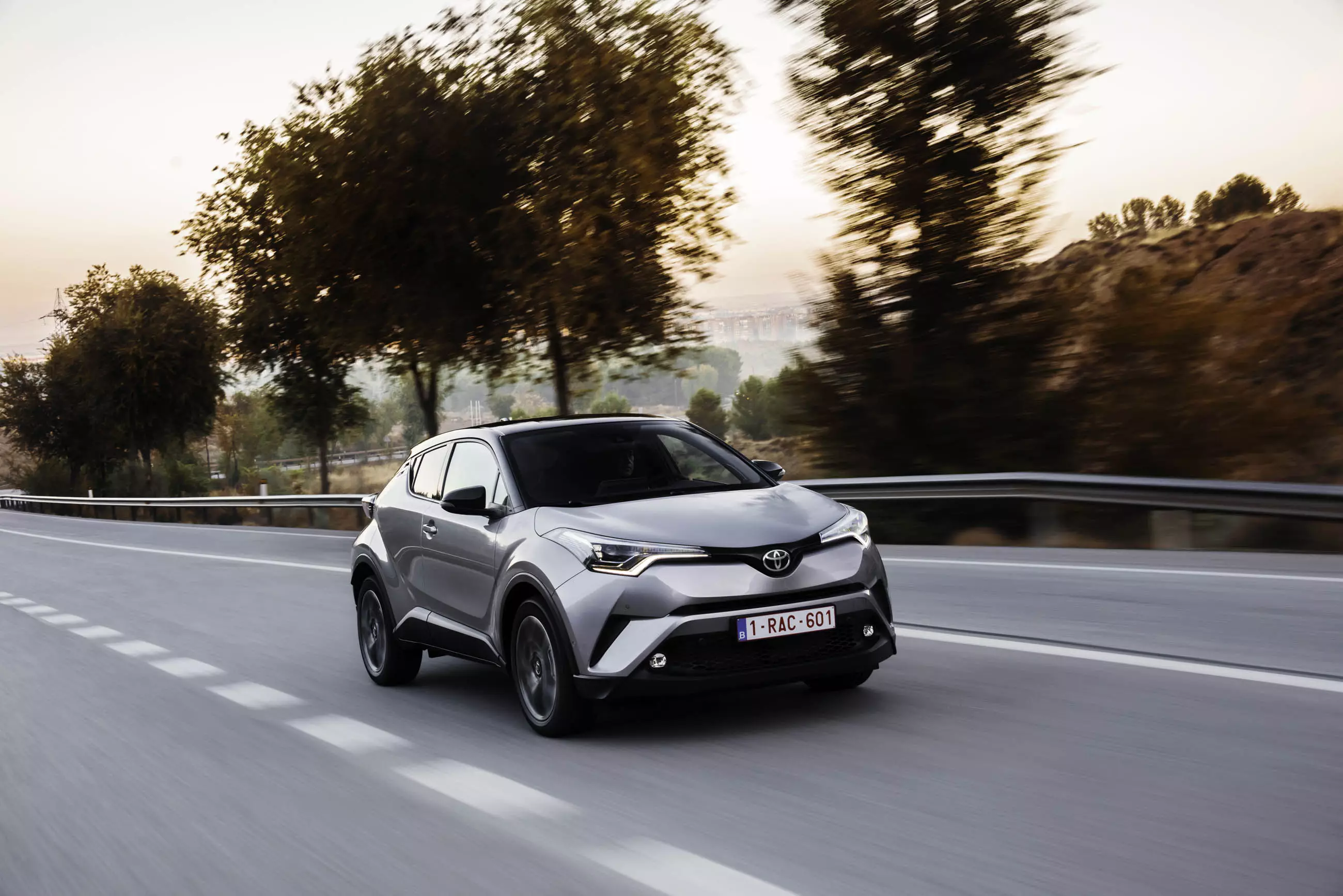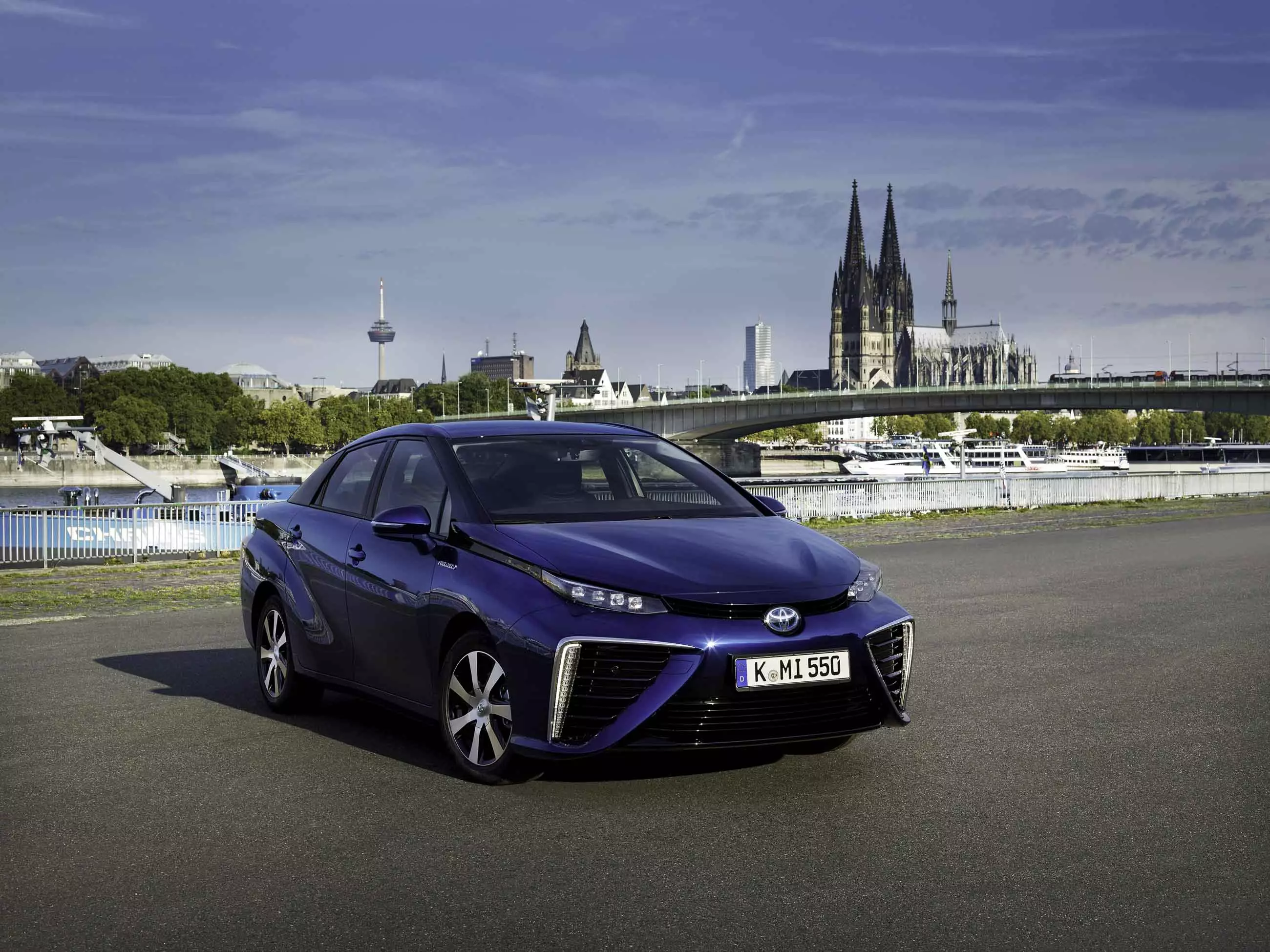Toyota, which was at the forefront in the evolution and transformation of the automobile towards a more ecological and sustainable paradigm — it was in 1997 that the Toyota Prius began its commercialization, the first series-produced hybrid —, has again to “roll up its sleeves ”.
The global stage on which the Japanese brand operates is rapidly changing and the environmental challenges we face must be met — global warming, air pollution and limited natural resources.
Hybrid technology alone does not seem to be enough, despite the impact of the high number of hybrid vehicles produced since 1997 — more than 12 million, corresponding to a reduction of 90 million tonnes of CO2 emitted. A number that is expected to grow substantially in the coming years, with the expansion of the technology to more models — the goal of selling 1.5 million electrified vehicles per year in 2020 was reached already in 2017, so demand is not expected to decrease.
How will Toyota accelerate the electrification of its models?
Toyota Hybrid System II (THS II)
The THS II continues to be a series/parallel hybrid system, in other words, both the combustion engine and the electric engine are used to move the vehicle, with the thermal engine also being able to serve as an electricity generator for the operation of the electric motor. The engines can run separately or together, depending on conditions, always looking for maximum efficiency.
The plan is already drawn up for the next decade (2020-2030) and the objective is clear. By 2030 Toyota aims to sell more than 5.5 million electrified vehicles a year, of which one million will be 100% electric vehicles — whether battery-powered or fuel cell.
The strategy is based on a rapid acceleration in the development and launch of more hybrid vehicles (HEV, hybrid electric vehicle), plug-in hybrid vehicles (PHEV, plug-in hybrid electric vehicle), battery electric vehicles (BEV, battery electric vehicle) and fuel cell electric vehicles (FCEV, fuel cell electric vehicle).
Thus, in 2025, all models in the Toyota range (including the Lexus) will have an electrified variant or a model with only electric offer, reducing to zero the models developed without taking electrification into account.

The highlight is the launch of 10 100% electric models in the coming years, starting in China with an electric version of the popular C-HR in 2020. Later 100% electric Toyota will be gradually introduced in Japan, India, States United of America, and of course, in Europe.
When we refer to electrics, we immediately associate batteries, but at Toyota it also means fuel cell . In 2014 Toyota launched the Mirai, the first fuel cell saloon produced in series, and currently on sale in Japan, USA and Europe. As we enter the next decade, the range of fuel cell electric vehicles will be extended not only to more passenger vehicles but also to commercial vehicles.

Reinforced hybrid bet
The bet on hybrids is to continue and reinforce. It was in 1997 that we met the first series-produced hybrid, the Toyota Prius, but today the hybrid range ranges from the smallest Yaris to the bulkier RAV4.
The Toyota Hybrid System II, already present in the latest Prius and C-HR, will be expanded to new models that are close to hitting the market, such as the returned (and new) Corolla. But the familiar 122 hp 1.8 HEV will soon be joined by a much more powerful hybrid. It will be up to the new Toyota Corolla to debut the new 2.0 HEV, with a juicier 180 hp.
This new hybrid variant builds on the strengths of the fourth-generation hybrid system, such as proven fuel efficiency, and improved response and linearity, but it adds more power, acceleration and a more dynamic attitude. According to Toyota, this is a unique proposition, with no other conventional engine able to offer the same combination of performance and low emissions.
The 2.0 Dynamic Force combustion engine, despite the clearer commitment to performance, has not forgotten efficiency, featuring a high compression ratio of 14:1, and reaching a benchmark 40% thermal efficiency, or 41% when combined with the hybrid system , thanks to the reduction of energy losses associated with the exhaust and cooling system. This engine meets current and future emissions regulations.
This new proposal will be premiered by the new Toyota Corolla, but will reach more models, such as the C-HR.
As we enter the next decade, the expansion of hybrid technology to more models is to continue, both with this new 2.0, and on the other side of the spectrum, we will see the introduction of a simpler hybrid system, to cover all types of customers.
This content is sponsored by
